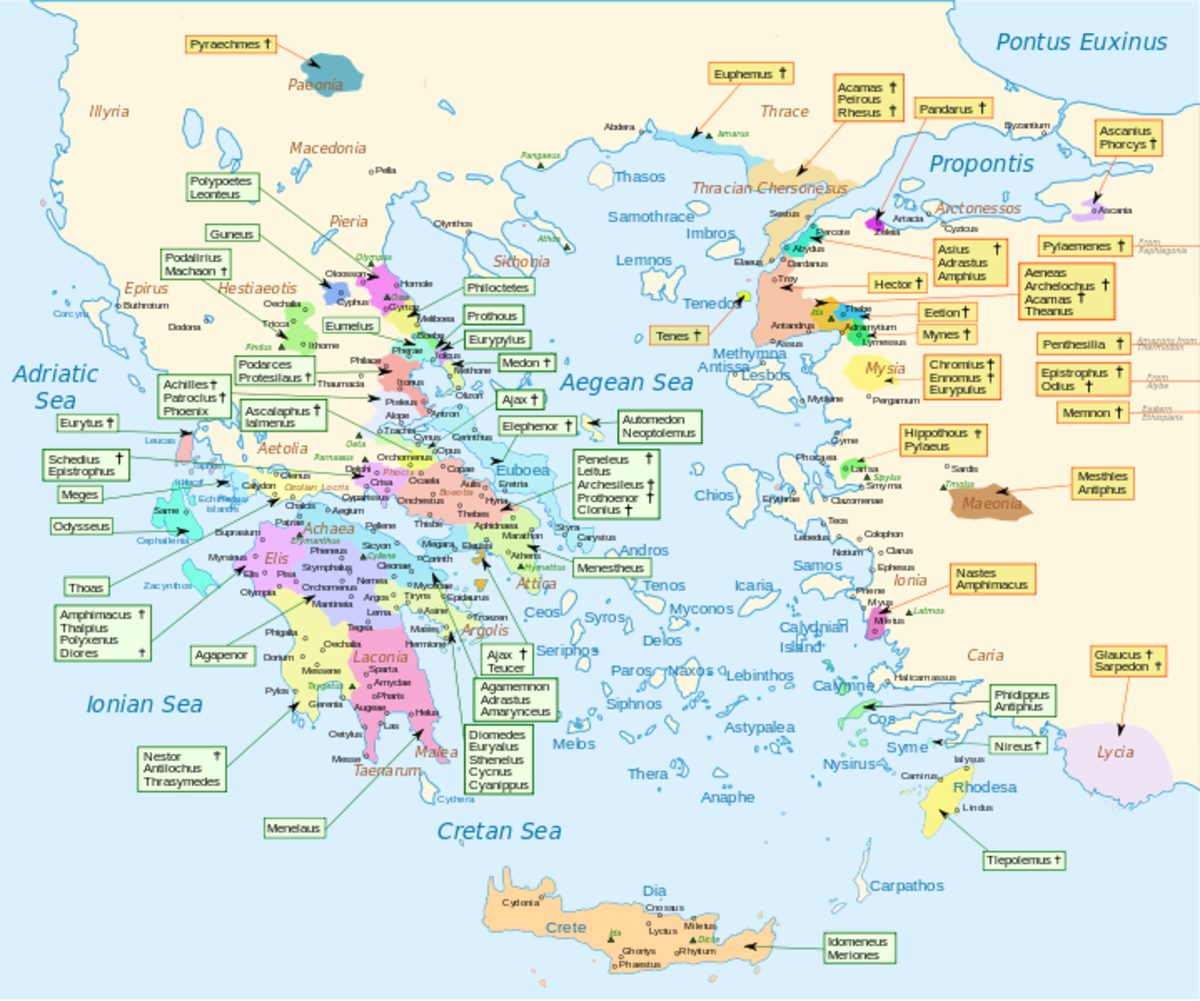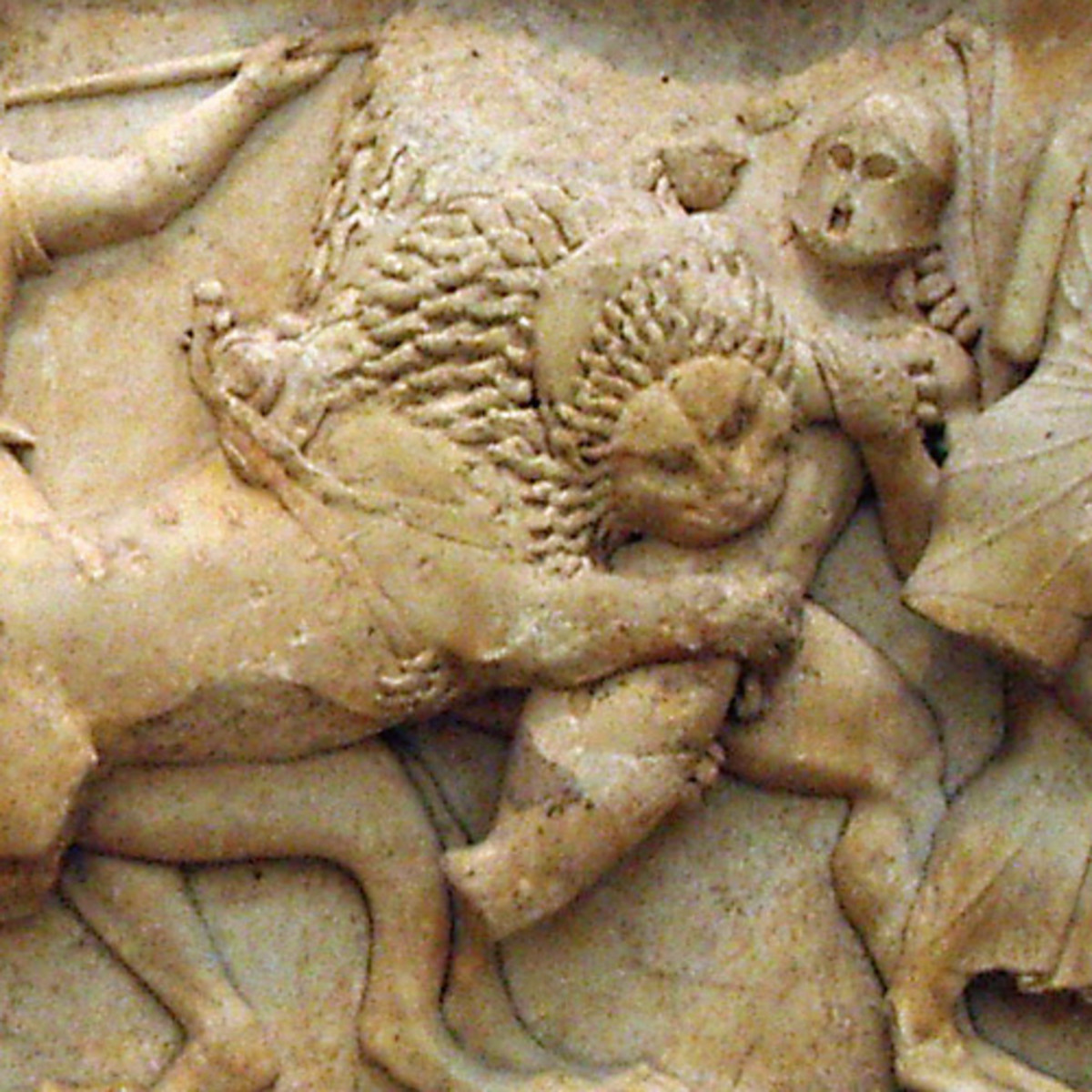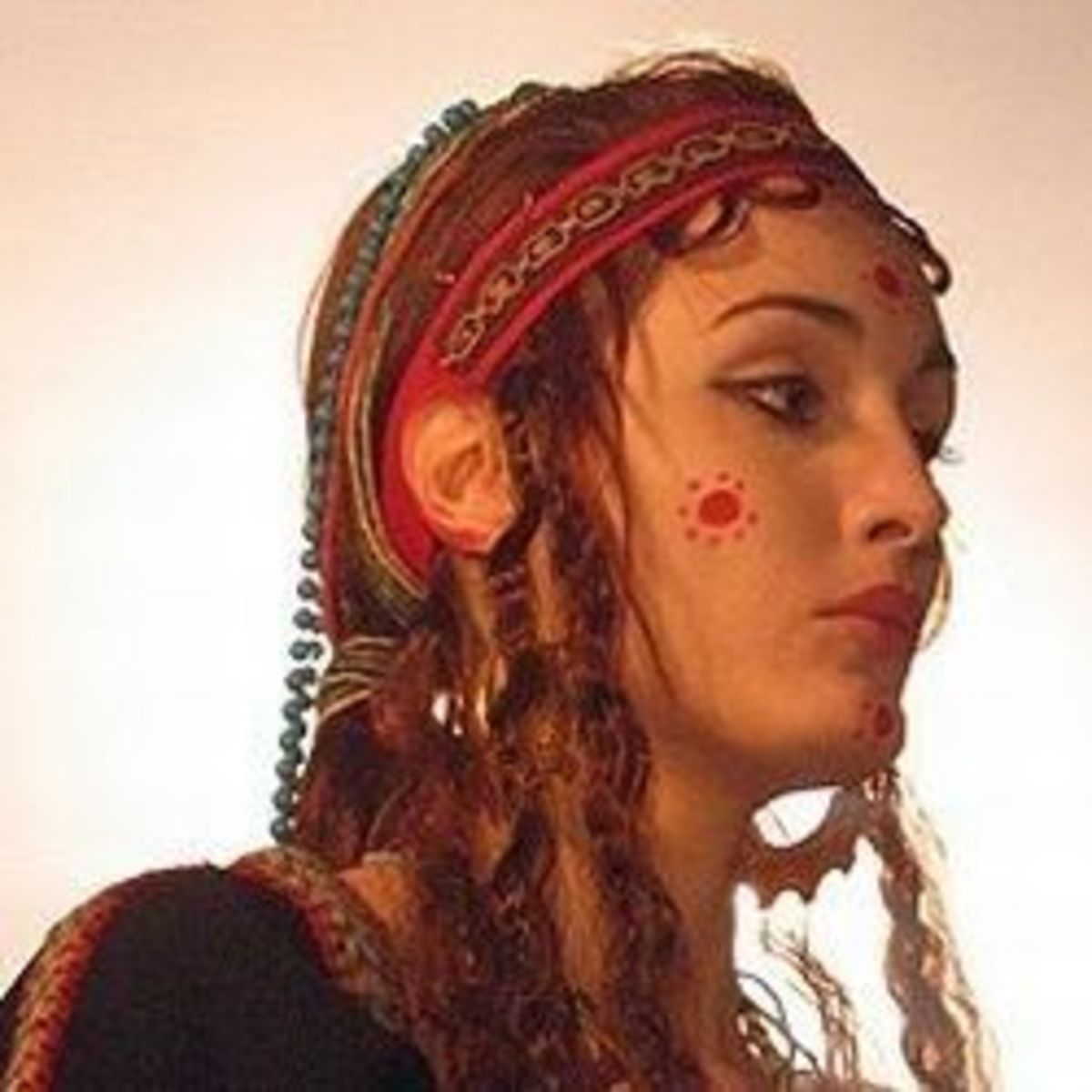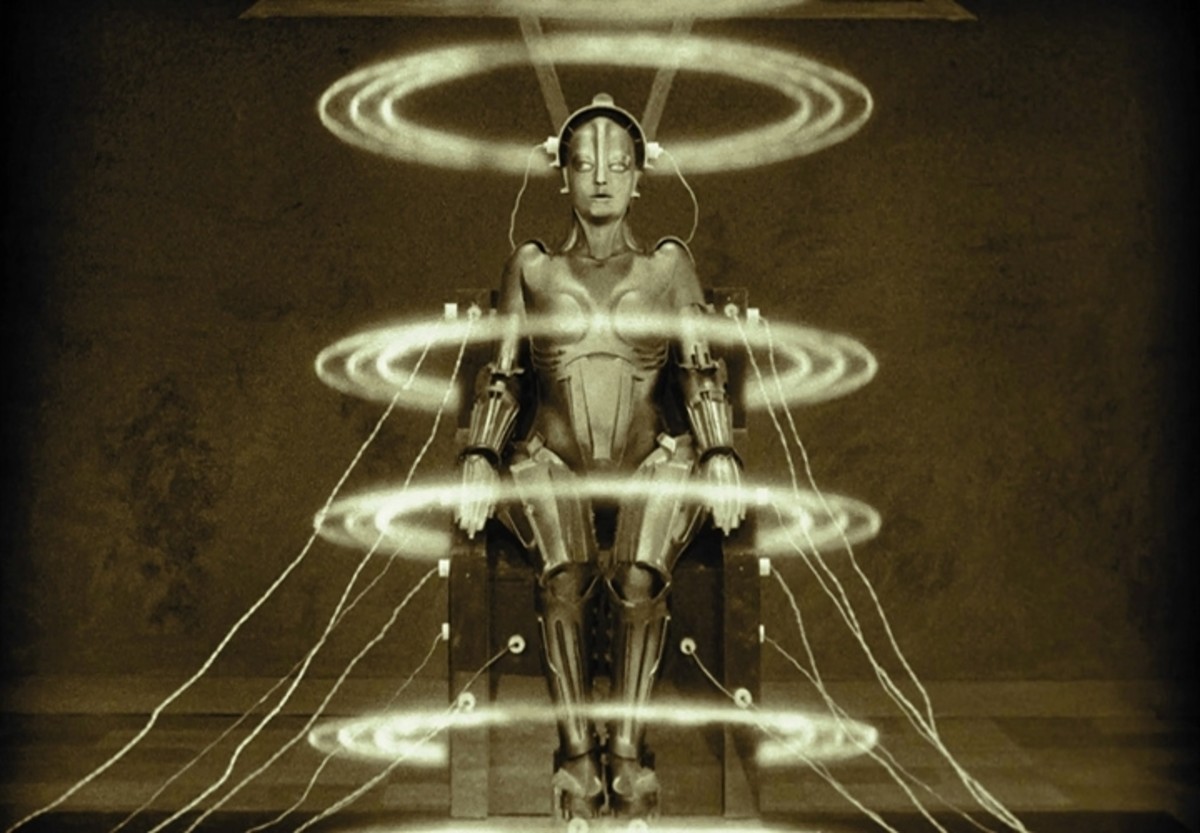What is Your Achilles Heel: The History of Achilles Heel
The Achilles Tendon and The Achilles Heel
What is now known as the Achilles tendon, a muscle connecting the heel to the calf, originated from the classic book 'The Iliad' by Homer estimated to be written around 760 BC. The Achilles heel, however, has a totally different and perhaps a dual meaning. This is the history not of 'The Iliad; but of Achilles and of Achilles Heel.
Do you know your Achilles Heel?
In the Beginning
The Opening lines of The Iliad
"Rage—Goddess, sing the rage of Peleus’ son Achilles,
murderous, doomed, that cost the Achaeans countless losses,
hurling down to the House of Death so many sturdy souls,
great fighters’ souls, but made their bodies carrion,
feasts for the dogs and birds,
and the will of Zeus was moving toward its end.
Begin, Muse, when the two first broke and clashed,
Agamemnon lord of men and brilliant Achilles".
Translated by Robert Fagles
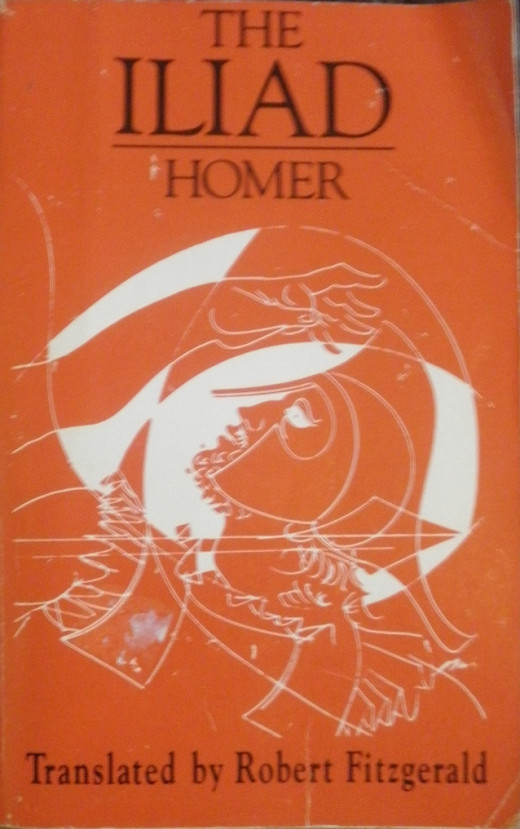
Before the Iliad
It is written that Thetis has several children before Achilles and that she wanted them to be immortal like herself. The earlier children where thrown into fire to test their immortality. They all perished in the fire. She then decided to try another method to make them immortal and this is what she tried on her son Achilles.
It is said that Thetis dipped her son in the River Styx, holding him by the ankle, which was a tradition. This made him somewhat immortal, except for the one weak spot on his heel where Thetis held him. This became the legend that the weakness of Achilles was this spot on his heel.
Thetis in 'The Iliad'
Thetis did everything she could think of to protect her son. If the prophecy was correct, she knew he would die and become a hero for all time. He had two choices. He could return home and live a long life, or continue fighting and die a hero.
Thetis was immortal. When her son asks for her help, she ascends Mount Olympus to ask Zeus for his help. Later she asks Hephaistos for new armor for her son, Achilles to protect him in war.
Thetis, knowing the impending doom of her son, runs back and forth between Zeus and Hephaistos and her own sisters seeming much throughout the whole epic trying to find a way to protect Achilles.
Her 'Achilles heel' is the undying love of her son.
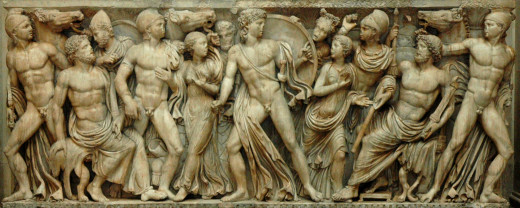
Summary of 'The Iliad' and Achilles Heel
The Main Characters
Achilles is the protagonist in the Iliad and Agamemnon is the antagonist. This story is about the Trojan War and the seizing of Troy. It covers much of the ten year war but it really is about the last few weeks of the war.
Achilles is a powerful and almost immortal character and has a close relationship with his immortal mother and is favored by the gods. He is a great warrior, but his pride prevents him from acting like a good commander and from acting with the integrity one would expect from their commander. When his commander, Agamemnon, is forced to return Chryseis at the request of Apollo, Agamemnon immediately goes to Achilles and demands Briseis, also a woman who Achilles considers spoils from the war. This is where Achilles’ true Achilles heel is shown. Achilles is so angered by this insult to his rights that he plays the game of withdrawing from the fight for most of the epic.
Achilles feels so slighted by his commander that he even prays that the Trojans will slaughter them after he abandons the war. His commander Agamemnon is just as prideful as Achilles. His pride dictates that he is entitled to Briseis even though he knows that he once gave her to Achilles. More so, Agamemnon insists on being the commander of the war even though it is his brother whose wife, Helen, has been stolen by Paris. Agamemnon and Achilles both are self centered and self serving individuals.
Hector is another important figure in ‘The Iliad’. He is the brother of Paris. He shows love of family and country as he fights this battle and forgives his brother for his slight in stealing Helen. His weakness could be cowardice as he flees Great Ajax twice and only returns after the taunting from his comrades. He too, like Achilles and Agamemnon comes across as arrogant.
Priam is the king of Troy. He is the one person that influences some type of change in Achilles in this epic. Achilles empathizes with Priam at the lost of his son Hector. He agrees to return the body of Hector and allows Troy to mourn the loss of their hero. This transformation is how the epic ends as we see the anger of Achilles towards Agamemnon has finally subsided.
Summary of Achilles in 'The Iliad'
The Death of Achilles
The movie shows the death of Achilles but in the book, 'The Iliad', this does not happen. In 'The Odyssey', we know that Achilles did indeed die because he is one of the shades that speaks to Odysseus. It is legend and Greek folklore that he did indeed die because of a wound to his unprotected heel.
Although Achilles' weakness is his heel, it is said that his pride is his true weakness. From the beginning of The Iliad, we are told of his self-interests that he himself put above his own people.
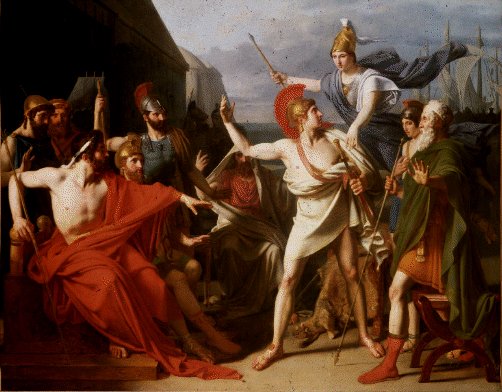
What is your Achilles Heel?
Do you identify with Achilles' weakness of pride?
Achilles Heel
Although we are not told that Achilles dies in the Iliad, folklore dictates that he did indeed die from the wound inflicted in his weak spot.
Does our own weakness hurt us? Do you know your Achilles heel?
Examples of Achilles heel in today's society would be:
- pride
- vainness
- greed
- gluttony
- ability to forgive or not
- unwavering trust
- procrastination
There are many other traits that could be considered our weakness that hurt us or impede us from living a full healthy life.
The legend of the name for these weaknesses all came from the epic classic 'The Iliad' and the hero Achilles.
Iliad
© 2013 Rebecca Shepherd Thomas


